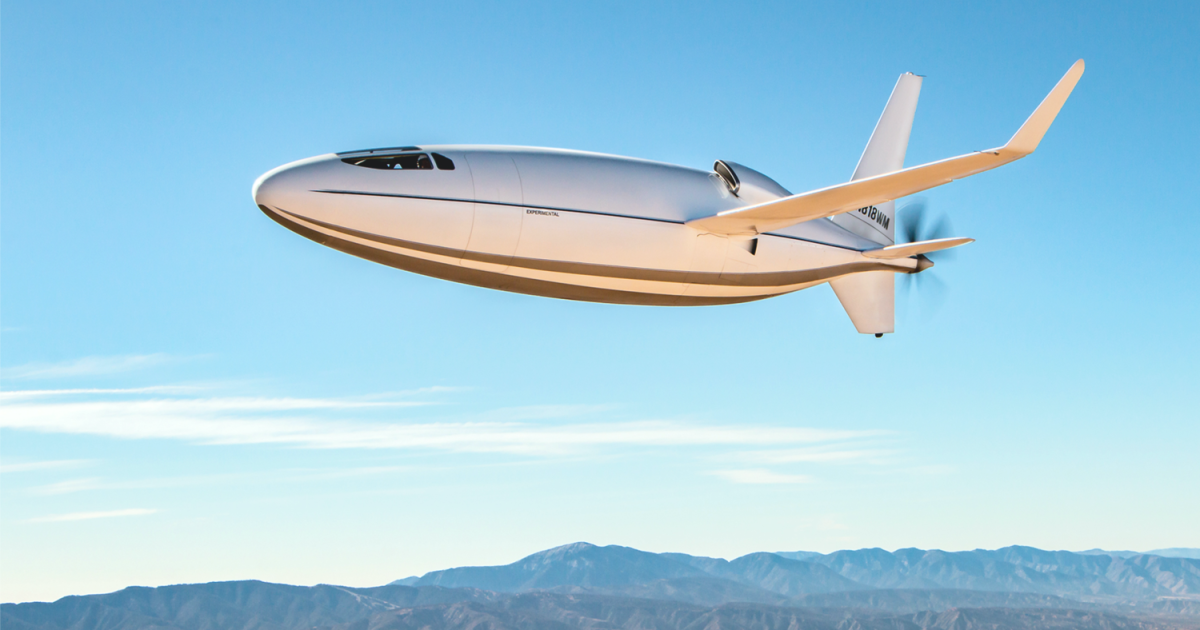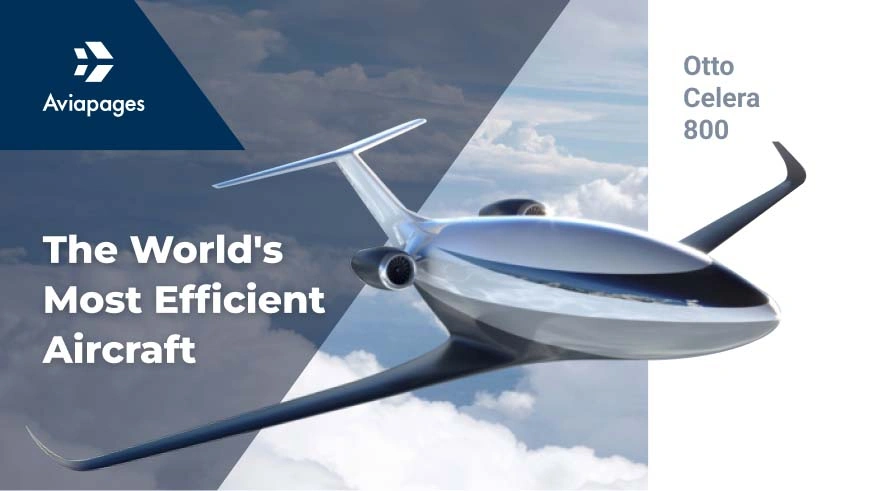Welcome to Aviapages - Private Jet Industry Marketplace! You can use our Flight Time and Distance Calculator or Book a Charter with Charter Quote tool.
While the Otto Celera 500L prototype is proving its advantages in fuel efficiency and Low carbon emission, ottoaviation Introduced a revolutionary new aircraft that radically changes the aviation industry - Otto Celera 800.

About Ottoaviation:
Decades of research and development.
In 2007, Otto began a decades-long journey to develop predictive laminar flow computational fluid dynamics (CFD) techniques with flight test data. These new predictive techniques allow Otto to optimize aircraft shapes to achieve a high degree of laminar flow.
With new ultra-high precision manufacturing techniques, these new shapes can be manufactured from advanced carbon-fiber materials to reliably achieve laminar flow in flight, dramatically reducing drag by over 30%. Otto aircraft is manufactured without a rivet, seem, or gap anywhere in critical laminar flow regions.
Transonic super-laminar
(TSL) aircraft can achieve twice the efficiency of traditional aircraft through laminar flow. Laminar flow is a fluid dynamics phenomenon found in nature. It is characterized by the smooth and organized flow of fluids. When fluids, or air, flow over surfaces in laminar flow (versus turbulent flow), skin friction drag is reduced by an astounding 80%.
Laminar flow
is arguably this century’s holy grail opportunity in aircraft design.
Considered the holy grail of aerodynamic design, transonic aircraft that can achieve high degrees of laminar flow (or are "super-laminar") have eluded aircraft designers for decades. Additionally, conventional aluminum manufacturing techniques have yet to support the precision and waviness standards required to sustain laminar flow in flight—until now.
Small reduction in drag produce large improvements in fuel burn and aircraft performance.
Reducing drag lowers an aircraft's fuel burn, in turn, lowering the fuel volume and weight required to achieve a mission. Less fuel reduces the size of the wings, propulsion systems, and supporting structures, boosting a drag reduction of 30% to an aircraft efficiency improvement of 60% after all the aircraft’s systems are “cycled.” Acquisition, production, and maintenance costs are also reduced with smaller and lighter aircraft systems.In 2017, Otto put these technologies to work over a three- year flight test program in the Celera 500 full-scale technology demonstrator. The results were revolutionary. Aircraft efficiency increased by 59%.
Let us remind you about the otto celera 500L:

The Celera 500L by Otto Aviation is undeniably an audacious leap into the future of business aviation. With its unconventional design and bold claims, this mid-wing monoplane is turning heads and challenging the norms of traditional aircraft.
Otto Aviation boasting an 8 times lower fuel consumption, achieving an impressive 18–25 mpg fuel economy. This is a game-changer in an industry where efficiency often comes at a premium.
The aircraft's performance claims extend to cruise speeds equivalent to similar-sized jet aircraft, a seating capacity for 6 adults, and an impressive 4,500 nautical mile range.
The RED A03 V12 engine further adds to the aircraft's appeal, offering not just power but also exceptional fuel efficiency.
While Otto Aviation's claims have sparked skepticism from industry experts, the flying prototype, numerous test flights, and certifications from EASA and FAA demonstrate serious intent and progress. The team, led by founder William Otto, brings a mix of scientific expertise and aviation experience, instilling confidence in the project.
What about otto Celera 800:

When compared to an aircraft of similar class:
30% improvement in lift-to-drag ratio
60% less fuel burn
90% reduction in carbon emissions
1/2 the operating cost
Even more revolutionary – it’s sustainable.
New biofuels made from renewable sources, called Sustainable Aviation Fuel (SAF), reduce carbon emissions by 80%. Compounded by a 60% reduction in fuel burn at nearly 500 miles per hour, the Otto Celera 800 achieves carbon emissions per seat mile that are amazingly similar to electric vehicles (EVs). And, while burning more expensive SAF fuels, the Celera 800 achieves direct operating costs (DOCs) that are half that of comparable aircraft.
Supernatural experience.
The Celera 800 also replaces traditional windows with glare-free panoramic digital windows. We call them supernatural windows.Supernatural windows also improve laminar flow and lower weight, increasing aircraft performance. And, they afford a cabin that is 20% larger.
Aviapages Charter Aircraft Directory
You can use our airport directory if you need information on airports. For example, if you need information on eggw luton airport

